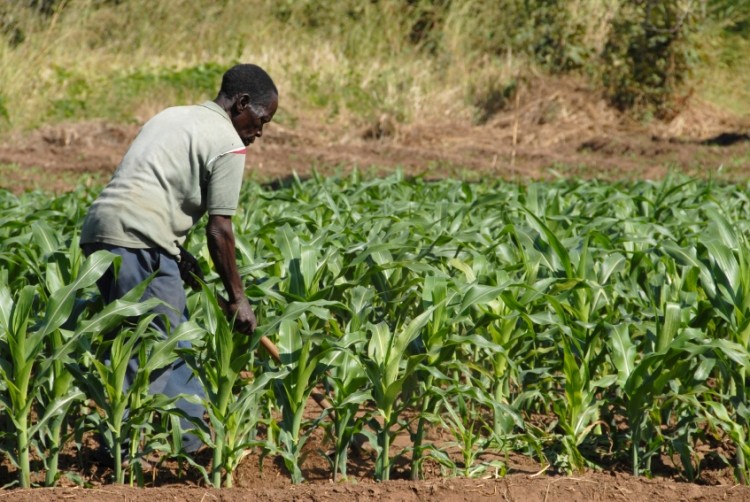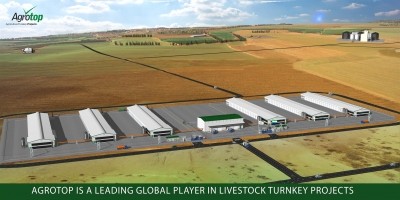Better feed development, improved poultry sector may lead to agro economic boost in Ghana

The group will be working with several partners including Kansas State University and the Adventist Development and Relief Agency (ADRA) as well as with partners in the Ghanaian government and agricultural academics for the five-year project, said Jim Hershey, executive director of WISHH.
The project, which should benefit US soybean growers, as well as the Ghanaian poultry and feed sectors, is funded through a $15m food for progress from the USDA, - a program with two principal objectives: to improve agricultural productivity and to expand trade of agricultural products.
“It’s a program that’s really aimed at developing rural agriculture and economic systems,” Hershey told FeedNavigator. “We know that the benefit of rural development is economic growth, which usually means improved nutrition and expanded trade.”
WISHH members have already worked on agricultural development projects in several parts of Africa including in Liberia, Cameroon and Kenya.
“The AMPLIFIES Ghana Project – Assisting Management in the Poultry and Layer Industries by Feed Improvement and Efficiency Strategies – is a very comprehensive program and the acronym touches on a lot of what we’re trying to do in Ghana,” said Hershey.
Ghana’s poultry sector involves both broiler and egg production but needs to be revitalized.
“One of the ways they’ll compete is by improving feed conversion ratios and improved production,” he said. “That’s what we want to help them with.”
Three step plan
There are three major steps in the project to develop the feed and poultry industries in Ghana, said Hershey.
The first stage of the plan is to improve production of feed and its handling after harvest, he said. Also, users of existing feed products have questioned their quality.
“There’s up to 40% loss from the field to the market,” he said. “If something can be done to improve that, then the feed industry gets better products, so we’re going to help tackle that and improve inefficiencies in the feed stuff procurement process.”
The second part of the project involves working with poultry farmers to establish the importance of properly formatted feed, he said. This will likely include feeding demonstrations, field days and the publication of research results. Addition work will look at helping feed mills develop distribution networks and stocking practices.
“And we also study and improve distribution efforts for the feed industry so there can be some efficiencies in getting the feed to the farms,” he said. “The infrastructure is there, but the question is the market – is the demand there? Is a seller able to position the product? An, can a buyer avail themselves of the economically priced product?”
The third piece of the task seeks to develop demand for product and to improve the market for eggs, he said.
“If you increase efficiencies and better use of feed, we believe we can drive the cost of eggs down, and we’ll be working on the demand side with some consumer interest,” he said. “(We can) pull better production of eggs through the market and become a source for increased use of feed and profit for the egg producers, volume at feed mills and overall market growth.”
Soy and maize production
Ghana already grows limited amounts of maize and soybeans, Hershey said, but most of the maize is for human consumption.
“If you look at the world, there are only six countries with exportable amounts of soy protein,” he said. “The rest of the world needs additional protein in their market whether it’s imported, or consumption is held back by inefficiencies.”
Currently Ghana produces about 50,000 to 60,000 metric tons of soymeal and soy protein a year and a little less than that amount is imported, he said. However, the amount isn’t meeting needs that could reach up to 200,000 metric tons.
“We’re talking about serious potential for growth if the [poultry] industry can be improved,” he said.
The first step
Work on the project is set to start this autumn, said Hershey. The first step will include taking a “snapshot” of the current feed industry in Ghana.
“Once we have that baseline figured out, then we have something to measure the success of our interventions – [whether that means] feed use has gone up by, egg production has gone up by, or the cost of egg production has gone down by this,” he said.
The USDA projects developing countries’ demand for agricultural products will increase faster than their production. And, as a result, it forecasts these countries will account for 92% of the total increase in world oilseed and meat imports up to 2022.















